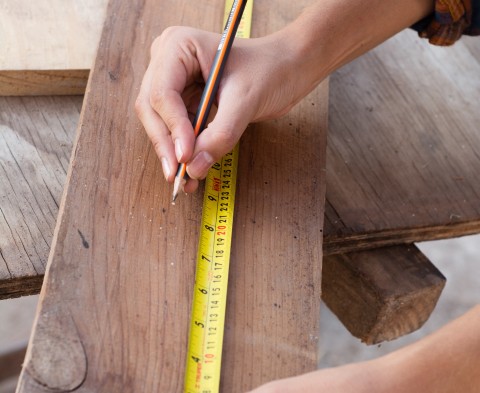The EU construction industry's future is jeopardised by a chronic labour shortage - Europe's construction output cannot keep up with demand (OECD). Prior to COVID-19, there was a labour shortage in the construction industry. Now, the industry is facing even more labour challenges, just as growth appears to be on the horizon. Women make up only 9% of the construction industry's workforce in Europe, leaving a huge talent pool untapped. Construction labour shortages in the EU are also expected to worsen in the future as the population declines and the workforce ages. During the pandemic, the number of women in construction fell even further. According to a survey conducted in honour of International Women's Day 2021 (Search Consultancy), "despite research indicating that 83% of managers in the construction sector believe their industry is suffering from a skills shortage, little is being done to encourage a more diverse workforce and, as a result, widen the talent pool available."
The EU construction needs to employ more women if it is to have a sustainable future. A review of our partner country circumstances is insightful.


POLAND - According to the Polish labour market barometer - 2020, the booming construction industry is suffering from a shortage of skilled workers at a time when vocational training quality has been declining for decades. Although there are still significant differences in employment between men and women in the construction industry, it cannot be said that construction is solely a male occupation. According to the Chamber of Civil Engineers, women make up 12% of construction engineers' self-government (14,522 by the end of 2020). When it comes to active architects or skilled trades, the situation is different. In 2018, 10,356 women chose construction as their field of study, accounting for 34.1% of all students, up from 32.8% in 2017. While the trend of female students in construction increases, the VET sector needs to follow up & get ready
IRELAND - According to the CSO, women make up only 5.5% of the workforce in all construction-related sectors. According to the Construction Industry Federation's Member Diversity Survey, "without female talent, the industry's efforts to deliver critical Government housing and infrastructure strategies such as Rebuilding Ireland, the National Development Plan, and the National Planning Framework may fall short." We must all do more to actively support women in the industry and encourage young women to pursue careers in construction."
SPAIN - According to the report 'Women in Construction 2020,' published by the Construction Industry Observatory, the number of employed women in 2020 will return to 2011 and 2012 levels. In 2020, the number of women trained in Fundación Laboral de la Construcción fell by 5.9% compared to the previous year, when it accounted for 8.5% of the total.
GERMANY - Women have only been permitted to work in construction for the past 26 years. The 120-year-old employment ban for women in the main construction trade remained in effect in the old federal states until 1994. According to the Federal Employment Agency, the number of women in the construction industry has increased from less than 10% in 2010 to around 15% today. Women are most frequently found on construction sites in the fields of architecture, civil engineering, painting, or surveying and cartography, according to the Federal Statistical Office. In the skilled trades, the situation is different. The proportion of female employees varies between 1-3% in fields such as civil engineering, carpentry, and flooring.
DENMARK - Women currently account for only 9% of the Danish construction industry. In just ten years, Denmark will be short 17.000 skilled builders and craftsmen in the Danish building and construction industry, and already 65% of the industry's businesses report a significant shortage of skilled labour in the last year.


FEMCON's mission is to create innovative vocational education and training tools to help women working in or considering a career in the construction industry advance to visible roles within the industry. The project's goal is to make the industry more appealing to women, resulting in a greater number of women choosing the sector, creating conditions for positive change, and improving the industry's gender outlook and quality of life in the male-dominated sector.